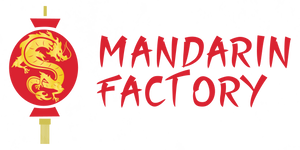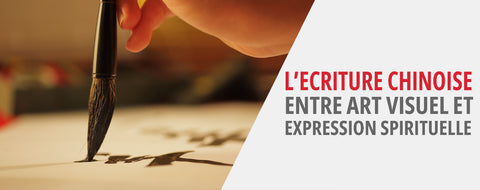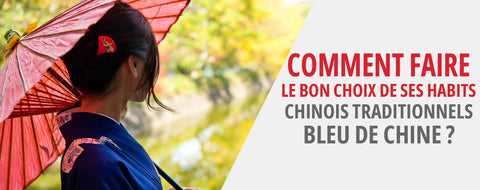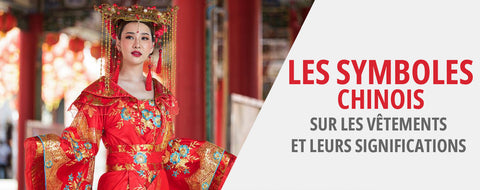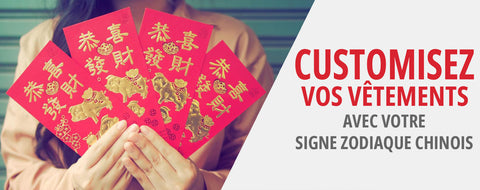
The story of the Chinese Umbrelle
of reading - words
The traditional paper shadow is a Chinese invention, which we think has existed since the beginning of the 1st century AD-C. The Chinese paper shadow has since spread in several Asian countries, notably in Japan, but also in other countries in South and Southeast Asia such as Korea, Malaysia and even India .
History of the Chinese Parkle
China is not the inventor country of the umbrella since this honor returns to ancient Egypt which would have created it more than 3,500 years ago. However, China remains one of the countries that has the most ancient tradition With pans and it was she who invented the Silk and especially oiled paper, ancestors of the umbrellas, and this about 2,000 years ago. Indeed, at the start, the umbrellas was made from leaves, like those of eucalyptus or palm.
According to historians, the umbrellas have evolved a lot during their history. Indeed, they resembled small parasols at the time and were used not only as a measure of protection against rain and the heat of the sun, but also as a symbol of prestige and power. In other words, the greater the umbrella, the more people you need to wear it, the more powerful the person under the umbrella. For example, legend says that 24 people had to hold the Emperor of China!

The first paper and silk shades were already made with light bamboo or mulberry reinforcements, generally weighing only a few hundred grams. These parasols could then already protect effectively against rain thanks to the complex process of paper treatment or silk with wax or lacquer. Later, the wax and lacquer were replaced by more affordable fat, and this is how the oiled paper shades appeared which are still widely spread today.
The first foldable Chinese blacksmith
According to historical accounts, the silk shadow was invented at the time of the Cao-wei dynasty (206 BC-220 AD), about 1,700 years ago. The paper shadow, on the other hand, only appeared much later during the 1st century BC, and quickly gained popularity with the nobles and bourgeois, mainly as an indispensable mode of fashion For rich women.
The first written trace of the folding Chinese Parkle dates back to the Emperor's stories Wang Mang. We learn that the folding paper shades were made to decorate the four -wheeled tank of the emperor. In addition according to the written annals of Fu Qian (a high -ranking officer of the time of Three kingdoms) Emperor Wang Mang had paper shades that could extend and retract thanks to the joints.

More recent discoveries suggest that the Chinese foldable shades may have existed long before Wang Mang's time. Relics of foldable shades were found in Luoyang, and their carbon dating suggests that they date from the 6th century BC!
The terracotta army: precise representation of the traditional Chinese umbrella
One of the clearest and most interesting representations of the way the shades are used in ancient China is that of theterracotta From the mausoleum of the emperor Qin Shi Huang (around 210 BC), which we can still see in the district of Lintong, in Xi'an. Emperor Qin Shi Huang ordered the creation of thousands of terracotta statues, which were later called Terracus Army, to accompany him later in his grave. Some of these statues represent bronze tanks on which Chinese umbrellas sit. It is therefore obvious that the traditional Chinese parasol that we use today already existed at least at the time of the Emperor Qin Shi Huang.
Manufacture of a Chinese umbrella
The manufacture of a Chinese paper shadow involves the creation of five different elements: the paper lampshade or silk, the head, the whales, the handle and the additional artistic ornaments. If it is a foldable shadow, a sixth part will be in order: the articulation mechanism.

For the manufacture of these 5 or 6 elements, more than 80 different work processes can be involved from start to finish:
Screen manufacturing:
There are two different types of shade materials: the paper or the silk. Silk shades are expensive and considered a luxury article. They are also more difficult to build and require special maintenance.
The paper shades, on the other hand, are easier to build and, of course, the paper is much cheaper than silk. Nowadays, paper is generally treated with oil to make it water resistant. China wood oil ortung oil, which is found throughout Central Asia, is commonly used in this process. Nowadays, the provinces of Fujian and Hunan are known as the main producers of Chinese paper shades. The paper shadow is made from special, resistant paper and it is difficult to tear, which is also very fine but also very durable. This paper material is bathed in tung oil, which creates a translucent surface and gives the material its waterproofing. Once dry, the paper lampshade is decorated as it should be.
Whale manufacture
Bamboo is the most common material to build whales, although other types of wood such asMulberry bark may also agree. Bamboo is the most common choice for two main reasons: it is quite affordable and the bamboo has the unique characteristic of being flexible while being very solid. As a rule, bamboo must be at least 5 years old to ensure a sufficient resin, which strengthens its resistance and flexibility.
Decoration of a Chinese umbrella
The Chinese paper shadow can have various decorations, ranging from simple plain colors, most often red and yellow, but other colors like pink, white or light blue which are also common, to more drawings elaborated with flowers, animals, landscapes (discover our Bale landscape) Really complex and complicated patterns.
The artistic decoration is also an important aspect of the traditional Chinese paper shadow, it is therefore very important to prepare well and maintain the paper or the silk to accommodate the paint. Papper oil treatment is not only important to ensure waterproofing, but also to protect decorations so that they can last longer and resist wind and rain.

Share in a Chinese wedding
A parasol is considered one of the most important elements for a Traditional Chinese marriage. The parasol can be traditional (oiled or silk paper) or modern, but it must be colored in bright red.
L'Red shadow Will be an important part of the bride's dowry - which is prepared by the bride's family. The dowry, 妝 [Gaa Jòng], as well as wedding gifts from the groom's family, are generally given two or three months before wedding day, but the red shadow is left to the bride's home to be used the Wedding day.
In general, on the wedding day, the bride's father holds a shadow over his head as a symbol of protection against evil spirits. This is done when the bride leaves the room (after all the rituals and "tests" carried out by the groom) and heads for the bride's car. We often throw rice over the umbrella and the car to wish good luck.
Fuitions on the Chinese Pardelle
- There folk dance Chinese shadows was very popular at the time of the Han dynasty (206 BC - 220 AD), but today it is more popular in Japan and in the Southeast Asian countries. The parasol is still often used as a dance object in China, but not as a traditional folk dance.
- A very widespread superstition in the Empire in the middle wants the opening of the wardrobes inside and can even invite evil spirits.
- Today, the majority of modern shades like so many other things are made in China. A city in China, the Shangyu district, now has more than a thousand shadow manufacturing factories.
- As mentioned above, although China is not the inventor of the umbrella, it is credited as the inventor of the first water resistant umbrella. The parasols, at their origin, aimed to protect people from the heat of the sun, and they did not careUV have at the time.
- Some of the first Chinese shadows were made entirely in leather and were extremely expensive. Consequently, only the nobility and the truly rich merchants could offer them as an accessory of fashion and symbol of power.
- Offering grace shades in China and Chinese crops is frowned upon because this gift is associated with bad luck and the rupture of relationships. The word for a shadowl, sǎn (伞) has a sound similar to "rupture" in Chinese: sàn.
The paper shadow is probably one of the most recognizable vestiges of the ancient Chinese tradition. If you see a paper shadow in the street, you immediately associate it with China and probably in Japan. The impermeable parasol is a Chinese contribution that has changed rainy days around the world. Today, the Chinese paper shadow is always an important element of the Chinese culture and is considered by many as a precious work of art due to the various decorations mainly painted by hand.
